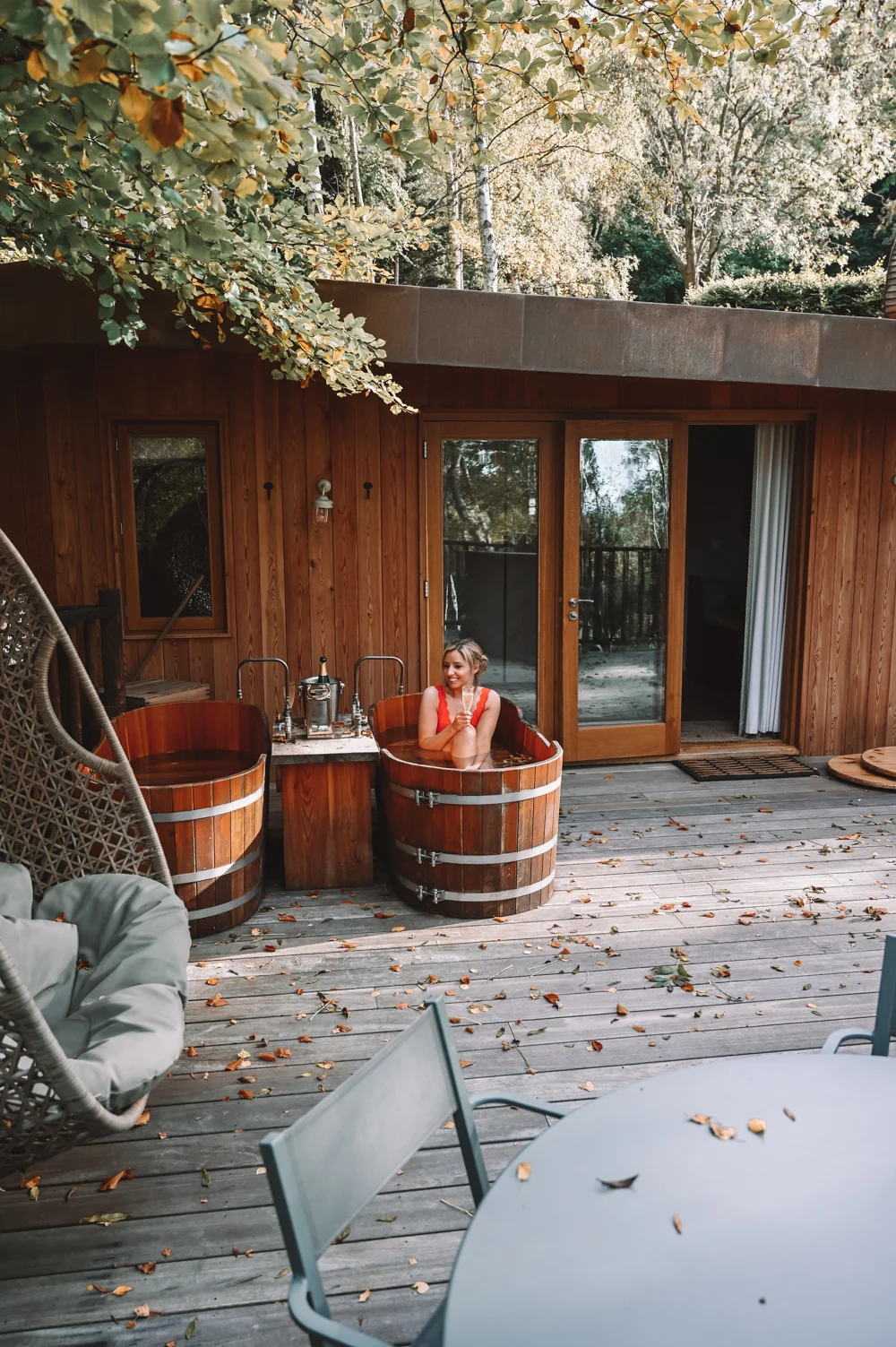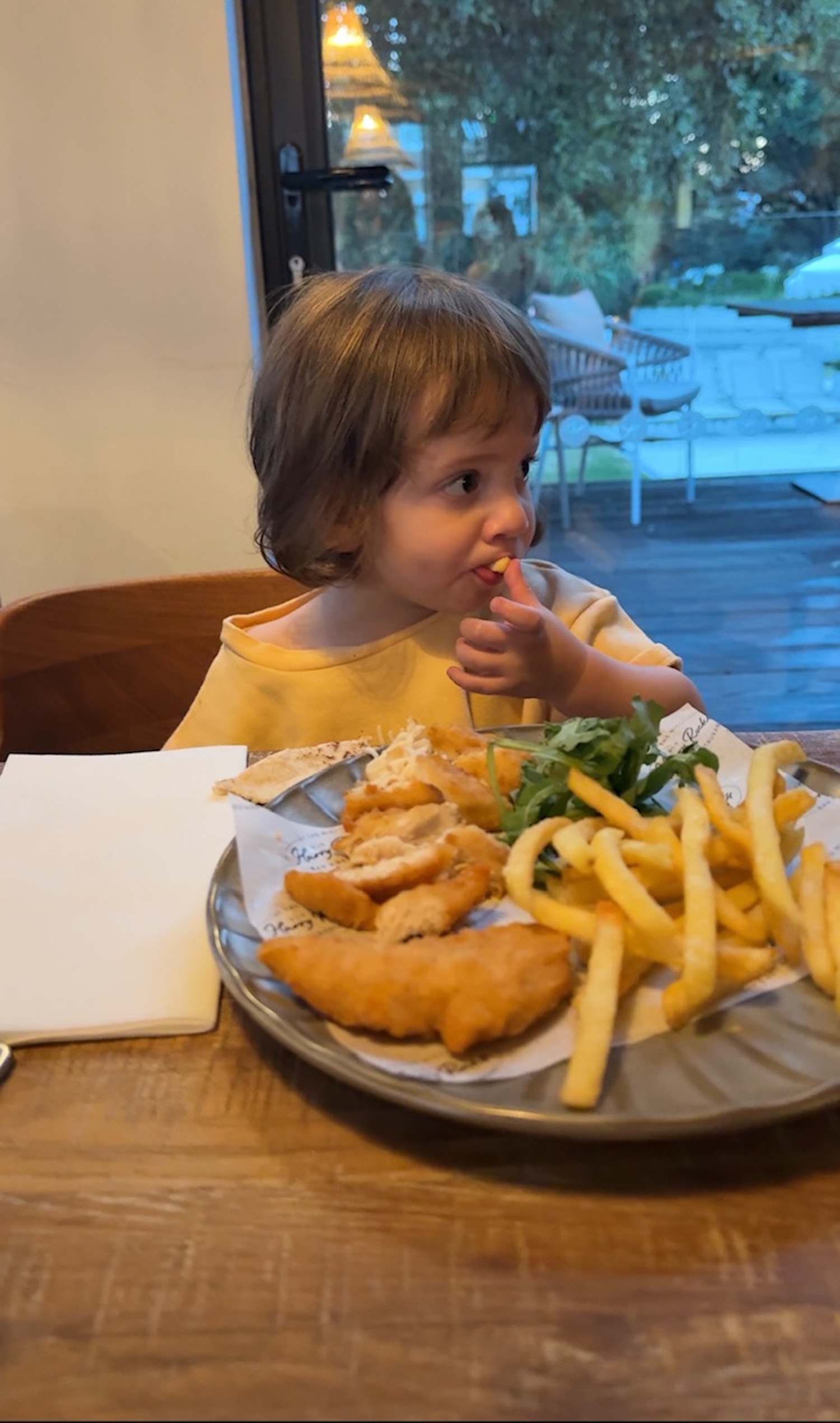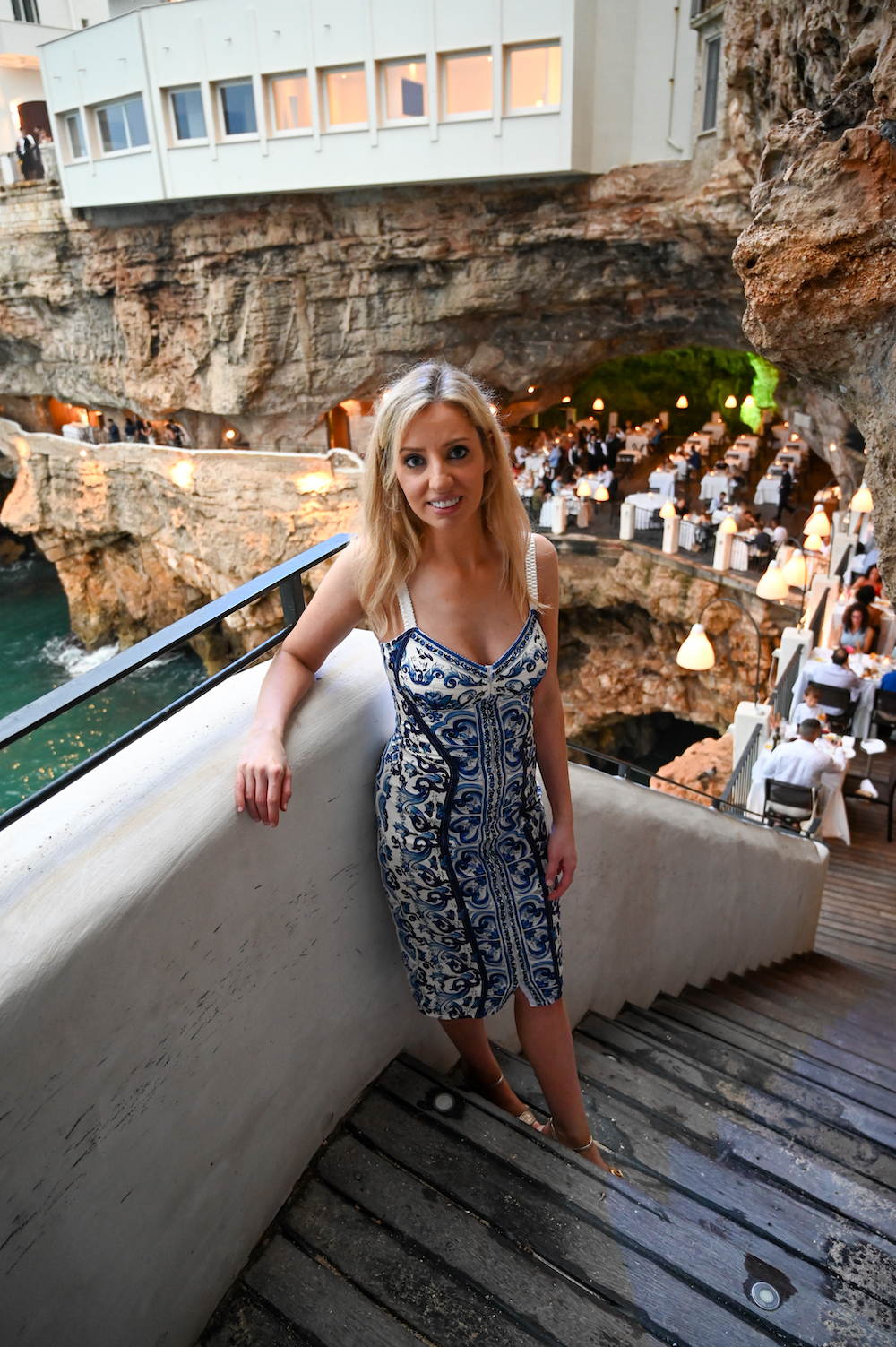I’ve been holding back from fully explaining the practices of a kaiseki dinner as I wanted to wait until we arrived in Kyoto in order to tell you about a very special place. The kaiseki dinner, a highly traditional multi-course meal has its origins in Kyoto as it was the home to the imperial court for over a thousand years, and for this reason the cooking style is often called Kyoto cooking.

And there was one place I had my heart set on for the very best in Kyo-kaiseki or Kyoto cooking: Kikunoi. Though unassuming from the outside, Chef Yoshihiro Murata’s restaurant has three Michelin stars and is ranked 42nd in Asia in the San Pellgrino World’s Best Restaurant list. You may remember that just before I left for my trip I enjoyed a Omakase dinner at Murata’s London restaurant Tokimeite and I was thrilled that he would be cooking again for us to tonight. 
We were lucky to secure a table as the restaurant is made up of only eleven private rooms. 
With a beautifully traditional interior and tatami mats on the floor, we were asked to remove our shoes before entering and taking a seat on the floor. 
For me, travel is all about unique experiences and we loved the very different appeal of having our own private room which looked out on a beautiful Japanese garden. We also had a our own dedicated hostess, who following the traditions of a ryotei (high-end restaurant), was unobtrusive with perfect manners. 

We started with a little green tea and sipped a small amount of sake before moving on to our first dish. The kaiseki meal comes in a very prescribed order starting with ‘sakizuke’, a small appetiser comparable to an amuse bouche.

A gorgeous gelée of mountain yam with octopus, shiso flowers and wasabi jelly was presented to us to start and whet our appetite for what was to come.
The kaiseki dinner is based around seasonality and only the freshest ingredients are used. The ‘hassun’ course came in a beautiful presentation box, the course generally sets the seasonal tone of the dinner and typically includes a piece of sushi and other smaller dishes. 
As you can see we received a highly intricate selection of dishes, including tai (red sea bream); sushi wrapped in bamboo leaves; anago eel rolled with gourd strip; pickled ginger; tai roe terrine; marinated greenling fry; edamame; pickled tai meat and milt; taro and fermented soybeans. So many delicately prepared dishes but each with a particular purpose and place as well as a flower garnish, also standard in a kaiseki dinner. 


The ‘mukozuke’ or sashimi course comes next and we were served sashimi of tai and yellow jack, vinegared yellow Chinese chive, shiso leaf, iris-petal udo stalk and carrot, wasabi.

You’ll also note how beautiful the crockery is and this is all part of the dining experience. Often very special antique plates and dishes are used to enhance the appearance of the food and to further emphasise the seasonal theme.


More delicious sashimi arrived which hostess plated with the utmost care and attention.

This time a ruby-red sashimi of seared bonito hit our plates coupled with shaved new onion, shiso and radish sprout, red pepper radish and ponzu jelly.
I was keen to see Chef Murata, who had said he would love to say hi me when we visited his Kyoto restaurant. As our hostess spoke little English, I showed her a picture of the night I met the chef at Tokimeite whilst having dinner with friend and fellow blogger Suze. 
…Here we are on that night in London…

And here we are meeting chef Murata at his three Michelin star restaurant in Kyoto! As well as Kikunoi and Tokimeite, Chef Murata also has another restaurant in Kyoto and one Toyko, totalling seven Michelin stars all together. He is a third generation chef but rebelled against his Japanese roots to travel to France and learn classic techniques. Similarly at Kikunoi, Murata doesn’t always stick to tradition but his cuisine in constantly evolving. Though his English was a little broken, Chef Murata’s warmth and hospitality really came through and I was truly honoured to meet him for the second time.

The next dish in the series is ‘futamono’, a ‘lidded’ dish that is usually a soup and in this case we received something almost identical to a dish I’d had at Tokimeite. Tea-steamed tilefish, green tea leaves, tea soba noodles, egg, shredded green onion and red pepper radish. I’m yet to train my palate to fully appreciate what tastes to me like boiled fish in water but the meal is rooted in Buddhist simplicity. Kaiseki is all about respect for ingredients and taking the time to appreciate them rather than full-on flavours and flashy restaurants. 
The next dish was the yakimono, or grilled dish, and while this is usually fish we were treated to the very finest beef served in a salt dome with onion sauce and seven spice powder.


I don’t think you need me to tell you have perfectly cooked and melt-in-the-mouth that beef was, just check out the photographic evidence.
I loved the strawberry and wasabi sorbet palate cleanser that we’d had at Tokimeite and here the ‘suzakana’ dish to give our mouths a freshen was a Konatsu orange-wasabi sorbet.

Equally delicious and with a fantastic kick from the spice of the wasabi. 

The hiyashi-bachi is a summery dish of lightly cooked vegetables, and at Kikunoi we received a salad of whelk, faba beans, coltsfoot with tofu, tai milt, and passion fruit dressing, myoga ginger bud, black pepper; jade egg-plant with vinegared sesame dressing. Once again meticulous attention to detail. 
A ‘shiizakana’, comes next and is a more substantial dish usually in the form of a hot pot. Here we had spiny lobster steamed in its shell, lobster consomme with white miso, bamboo shoot, green beans and sansho pepper flowers. In advance of the meal I was asked to choose a menu, and as I selected the most expensive one, we were treated to the finest and most luxurious ingredients available. Kaiseki meals are seen as the pinnacle of Japanese cuisine are often incredibly expensive, Kikunoi is no exception.


Our final savoury course was the ‘gohan’ course (rice made with seasonal vegetables) which hostess prepared for us in the room combining grilled red sea bream rice with kinome herb; bamboo shoot pickled with sansho pepper, cucumber pickled in rice bran; cabbage soup, new potato, black pepper. 
When we finished our delicate helping, she offered us more but we couldn’t eat another bite and it is polite in Japanese culture to finish everything on your plate. So there so no chance I was going to take another helping of rice.

When we’ve had large multi-course meals in Western restaurants such as The French Laundry and The Tasting Room, it’s often the desserts that finish you off so that you’re rolling home! But in Japanese culture, desserts a small and light and we received a very simple scoop of milk ice cream, strawberry and strawberry sauce for our mizumono course.

After our experience is Ryugin, I instructed myself to really take the time to appreciate the subtle flavours of traditional Japanese cuisine, and it really was worth it. For me the special private room, meeting the chef and the incredible food make Kikunoi a once in a life time experience.




















